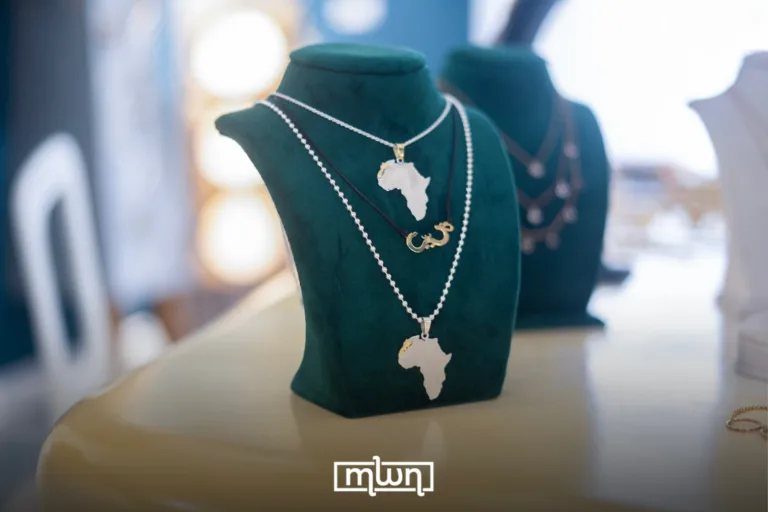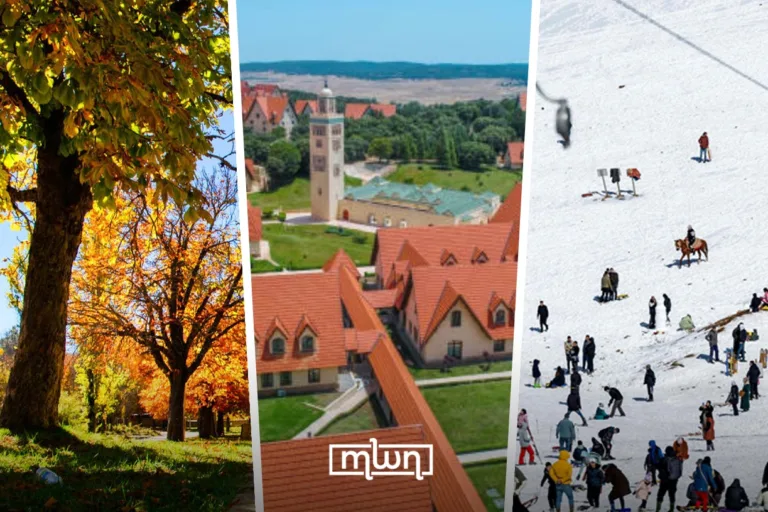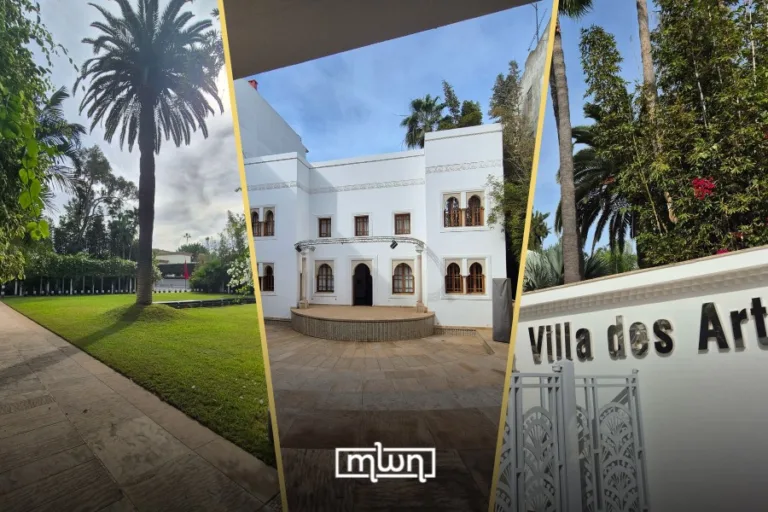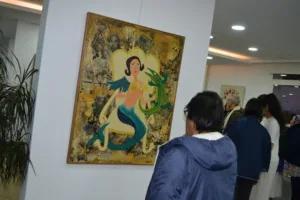Long overlooked, Amazigh mythology reveals a sophisticated spiritual system rooted in nature, memory, and ancestral belief.
Fez– Before Islam ever touched North African soil, the Amazigh people had already built a vast and layered spiritual world, one filled with spirits, elemental gods, and mythic beasts.
Their mythology, often overlooked in mainstream scholarship, is not just a side note in Moroccan history; it is one of its foundational chapters.
This deep-rooted belief system shaped the way early Amazigh communities understood the world around them, from thunderclaps in the mountains to the silence of hidden caves.
What survives today is a rich archive of symbols, legends, and rituals that still echo through the region, tucked into oral stories, local traditions, and even childhood warnings.
Far from being a fragmented folklore, Amazigh mythology offers us a unified cosmology. As documented by Mohamed Oussous in his seminal work “Kokra in Amazigh Mythology”, myths collected from across North Africa reveal astonishing consistency.
Whether told in Morocco, Algeria, or Libya, the core ideas remain the same: a giant founder-being who shaped the world, a cosmic bull holding the earth on its horns, evil dwarfs plotting chaos, and blazing spirits inhabiting celestial realms.
These are not mere bedtime tales; they are philosophical blueprints for understanding existence.
One of the most haunting figures to emerge from this world is “Lamia.”Though often mistaken for a character from Greek mythology, Lamia’s roots trace back to the Libyan-Amazigh world.
She was the daughter of King Belus of Libya, a woman of immense beauty who caught the attention of Zeus himself.
But beauty, in mythology, often brings tragedy. Hera, Zeus’s jealous wife, retaliated by killing all of Lamia’s children, sending her into a spiral of grief so intense that she lost her mind and retreated into a cave.
From there, Lamia transformed. No longer the mourning mother, she became a monster bent on vengeance, her eyes forever open from sorrow, gifted by Zeus with the ability to remove them at will, just so she could sleep.
Over time, Lamia became a terrifying symbol in both Amazigh and European stories, depicted as a snake-bodied woman, devouring children or seducing young men to feed on their blood.
Long before Dracula, Lamia was already haunting people’s dreams. Among Amazigh communities, her myth was domesticated into various names and forms: Mama Ghula, Tamza, Tarir, used by mothers to scare misbehaving children into obedience.
But Lamia is just one thread in a much larger tapestry. The Amazigh people once worshipped an entire pantheon of spirits and deities connected to nature.
Water, for example, was more than just essential; it was sacred. Springs, rivers, and wells were home to divine entities. North Africa even honored “Neptunus”, the Roman god of the sea, though local deities such as “Liyus” and “Drakon” maintained a strong presence, especially in rock inscriptions and votive offerings.
The Amazigh relationship with nature wasn’t poetic; it was spiritual and practical. Mountains were homes to invisible forces, caves became sacred thresholds, and fire, thunder, and celestial bodies were all tied to divine will.
These beliefs were passed through generations in the form of oral myths, ceremonial rites, and seasonal festivals, creating a spiritual framework that connected people, place, and purpose.
While the arrival of Islam brought monumental changes, the Amazigh mythological imagination didn’t disappear overnight.
It adapted. Many Amazigh tribes embraced Islam over time, especially as it spread through North Africa in the 7th century.
But traces of their earlier spirituality endured. Some groups resisted forced conversion and held on to their ancient beliefs, defending not just their land but their cosmology.
Even today, remnants of pre-Islamic rituals survive in rural communities through fertility rites, ancestral worship, and reverence for sacred natural sites.
What’s particularly fascinating is how Amazigh mythology, unlike many ancient belief systems, offers a rare chance to study continuity.
It presents not just a record of what people believed, but how they believed, how myth shaped daily life, identity, and resistance.
And through the work of scholars like Oussous and cultural institutions, these stories are being reclaimed, not as relics of superstition, but as vital cultural knowledge.
In many ways, exploring Amazigh mythology is like opening a window into the collective unconscious of North Africa, a space where history, emotion, fear, and wonder meet.
It invites us to reconsider what counts as history and to expand our understanding of Moroccan heritage beyond conquests and dynasties.
This mythology is not just about gods and monsters; it’s merely about ancestors. It’s about people who looked at their mountains, rivers, and night skies and found meaning.
And that, perhaps, is the oldest story in the world.
















